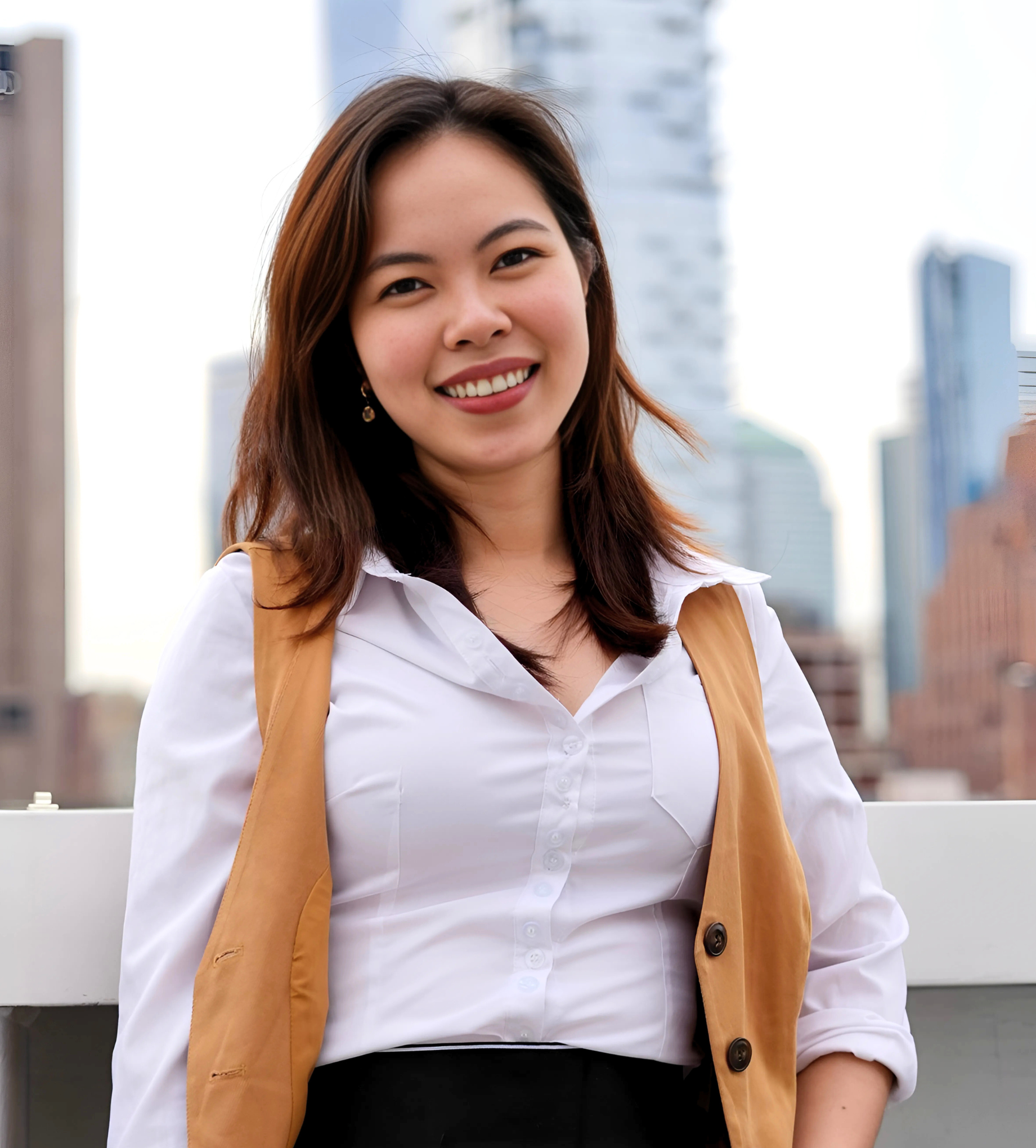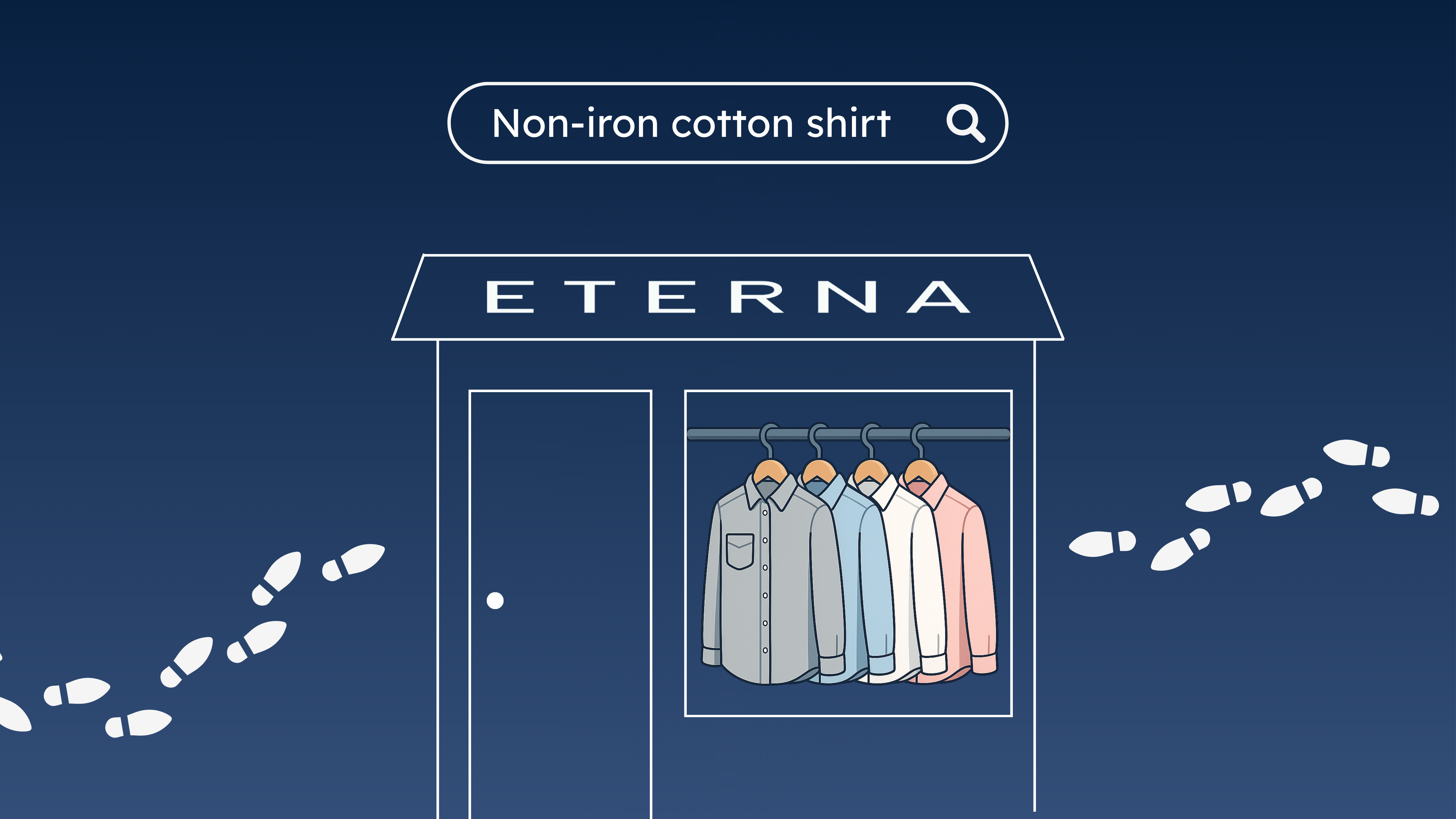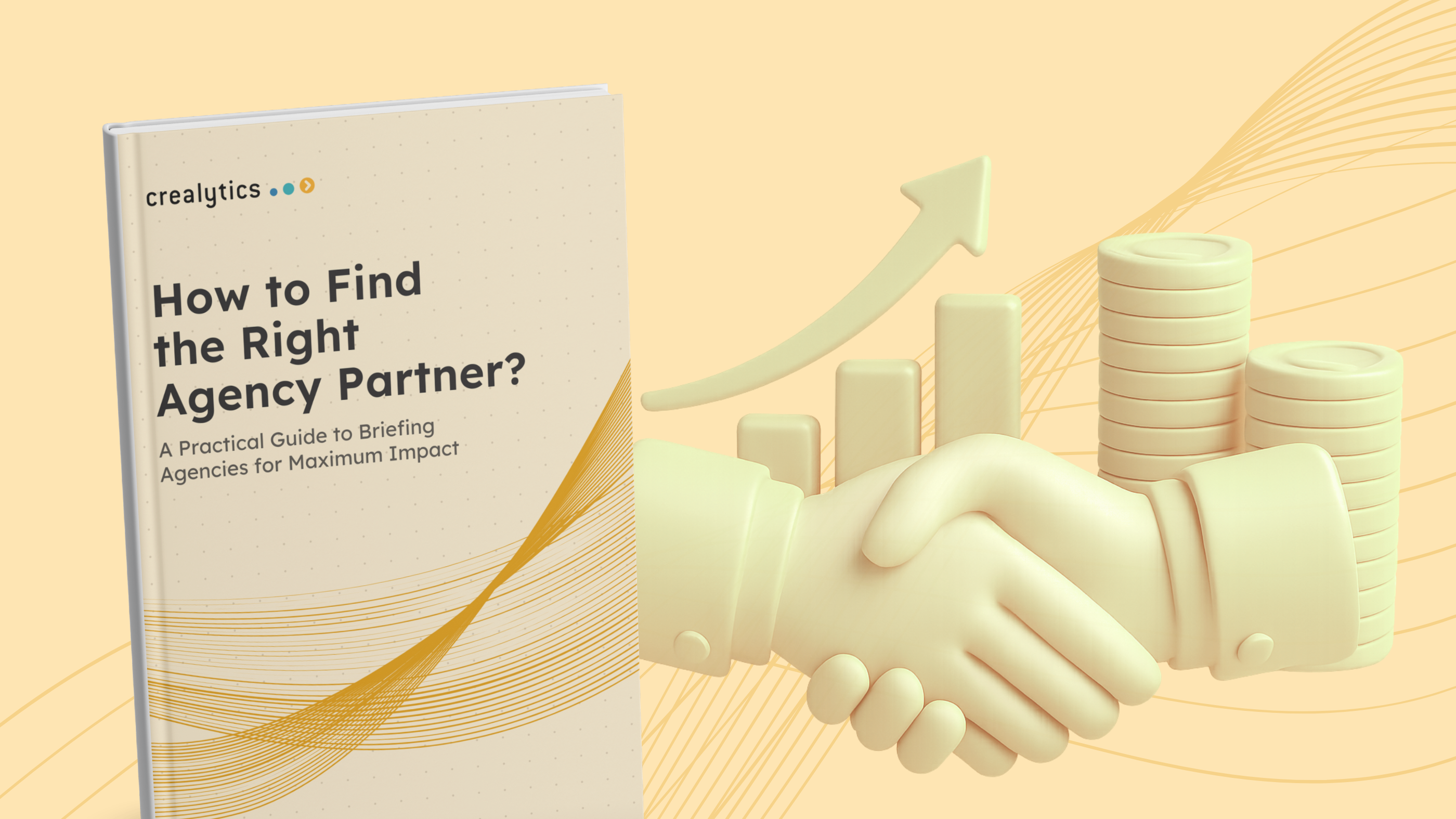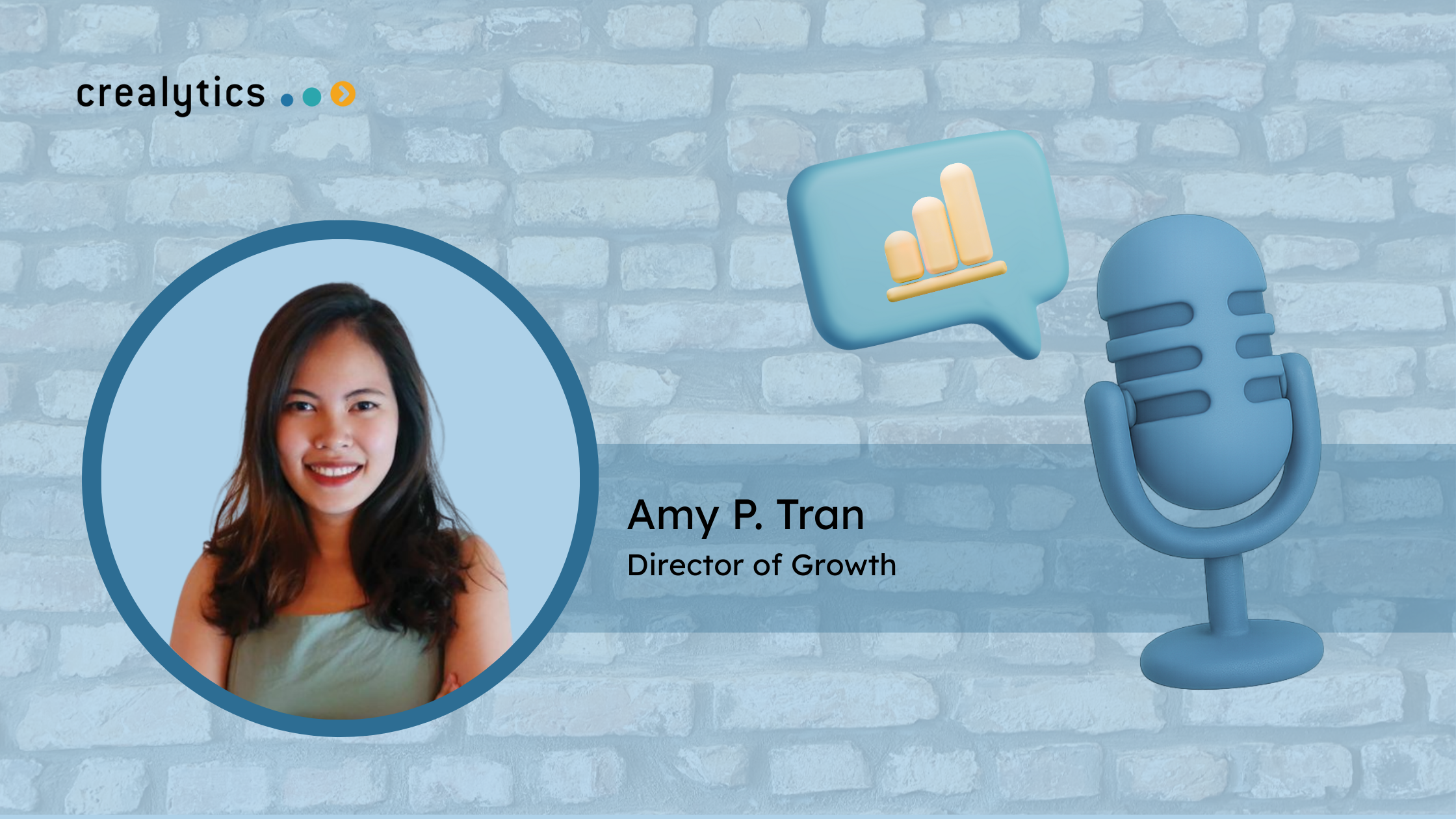Q&A: Why Is AI Max Considered a Breakthrough in Automated Advertising?
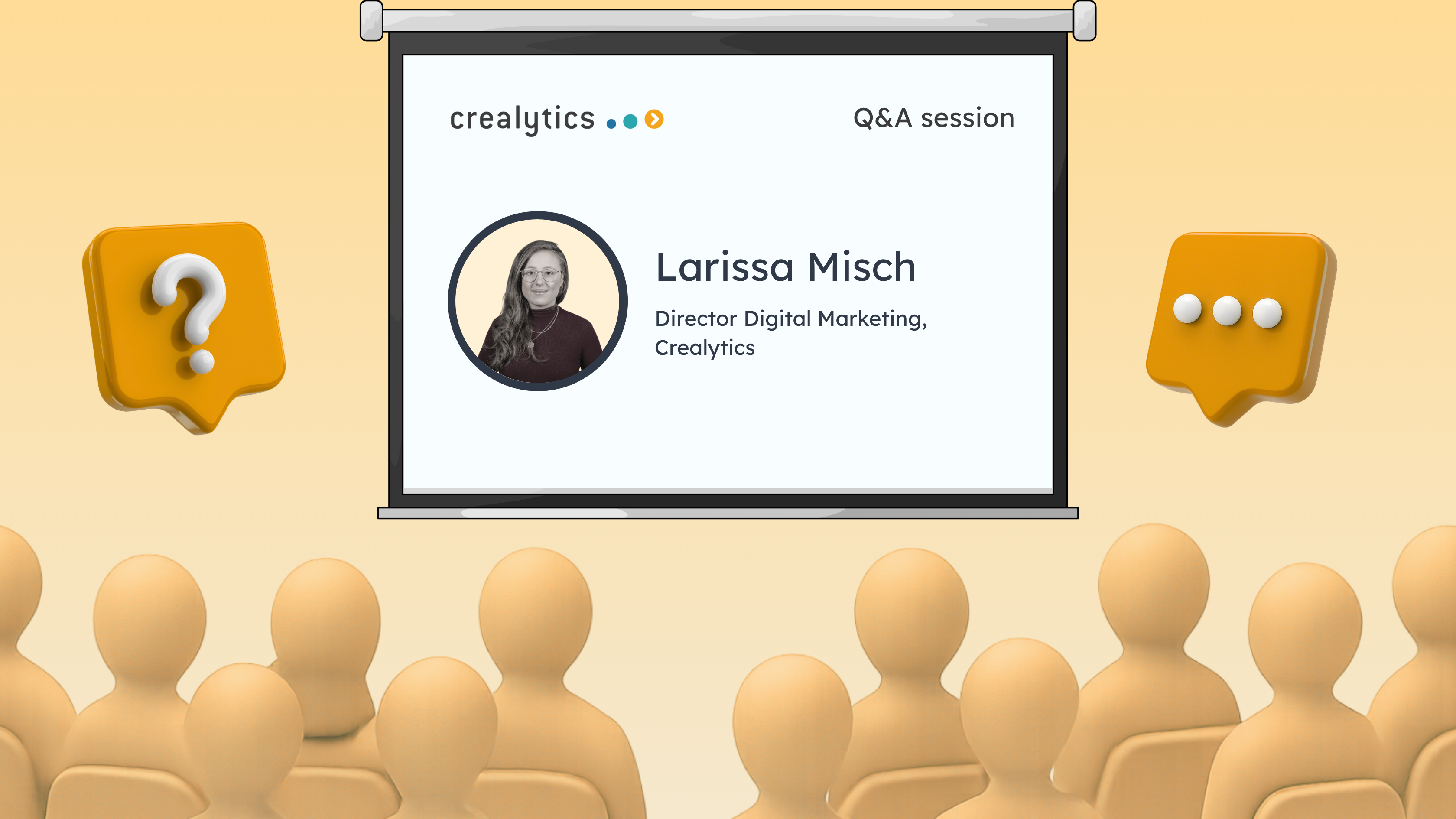
AI Max is shaking up the world of automated advertising and marketers are taking notice. Unlike Google Performance Max, which runs across channels, AI Max lives within Search, giving advertisers the automation benefits they crave without losing control. In this Q&A, Larissa Misch, our Director — Digital Marketing, shares her first-hand experience with AI Max and how it blends machine learning with manual precision, the opportunities it creates for brands, and the challenges marketers should prepare for as automation becomes smarter and more transparent than ever.
Q1: What is Google AI Max and what are its key benefits for campaign automation?
Larissa: We’ve been hearing a lot of buzz about Google AI Max lately - and for good reason. It’s a new AI-powered layer built into Search campaigns that blends the automation of Performance Max with the control of traditional keyword-based Search.
From what I’ve seen, AI Max uses machine learning to expand reach beyond existing keywords, adapt ad copy dynamically, and route users to the most relevant landing pages - all while keeping you inside the familiar Search setup.
It’s not a new campaign type but rather a set of AI-driven settings that enhance how Search works today. The main benefits we’ve noticed are broader query coverage, smarter creative personalization, better landing-page matching, and more transparent reporting - all designed to make Search feel more intuitive and adaptive without losing control.
Q2: How does AI Max differ from Google Performance Max and other automation tools?
Larissa: When we first tested AI Max, the key difference that stood out was its focus. Unlike Performance Max, which runs across multiple Google channels, AI Max is purely focused on Search - and it keeps your campaign structure intact. PMax is its own campaign type, while AI Max lives within Search campaigns.
Since PMax operates across Search, Display, YouTube, Gmail, and more, you need to feed it multiple creative formats like videos, images, and text. AI Max, on the other hand, focuses on dynamically optimizing ad text - headlines and descriptions - to fit each query.
We often describe PMax as more of a “black box.” You give it goals, creative assets, and audience signals, and Google’s AI takes care of everything - from placements to cross-channel budget allocation. With AI Max, you keep more visibility and control. You can still manage keywords, negatives, ad groups, and even decide if you want to turn on Text Customization or URL Expansion.
What’s refreshing is that AI Max adds transparency too. You’ll see a new “AI Max match type” in your search term reports, showing which queries and pages were generated by AI. So, in short: AI Max is the smart Search upgrade - bridging manual precision and full automation in a way that feels empowering rather than hands-off.
Q3: What are the biggest challenges or concerns marketers face when launching AI Max?
Larissa: We’ve all seen this before: whenever Google introduces a new layer of automation, excitement comes with a fair dose of caution. With AI Max, the main concerns we’re hearing (and sharing) revolve around control and clarity.
First, there’s the question of creative and landing-page control. AI Max can automatically expand your ad copy or route traffic to new pages - but if it misunderstands your brand tone or website structure, you can end up with mismatched messaging or weaker conversions.
Then there’s the learning phase. Early tests show that some of the expanded matches can be a bit loose, triggering queries that are only partially relevant. Without tight negative keyword management, budgets can get wasted fast.
We’ve also noticed overlap risks - AI Max can compete with your existing Search or Performance Max campaigns if not structured carefully. And since the tool is new, benchmarks are limited, making it harder to set expectations or forecast performance.
That said, these challenges aren’t dealbreakers. They just mean success depends on how much you guide the algorithm - reviewing reports closely, curating creatives, and setting strong guardrails early on.
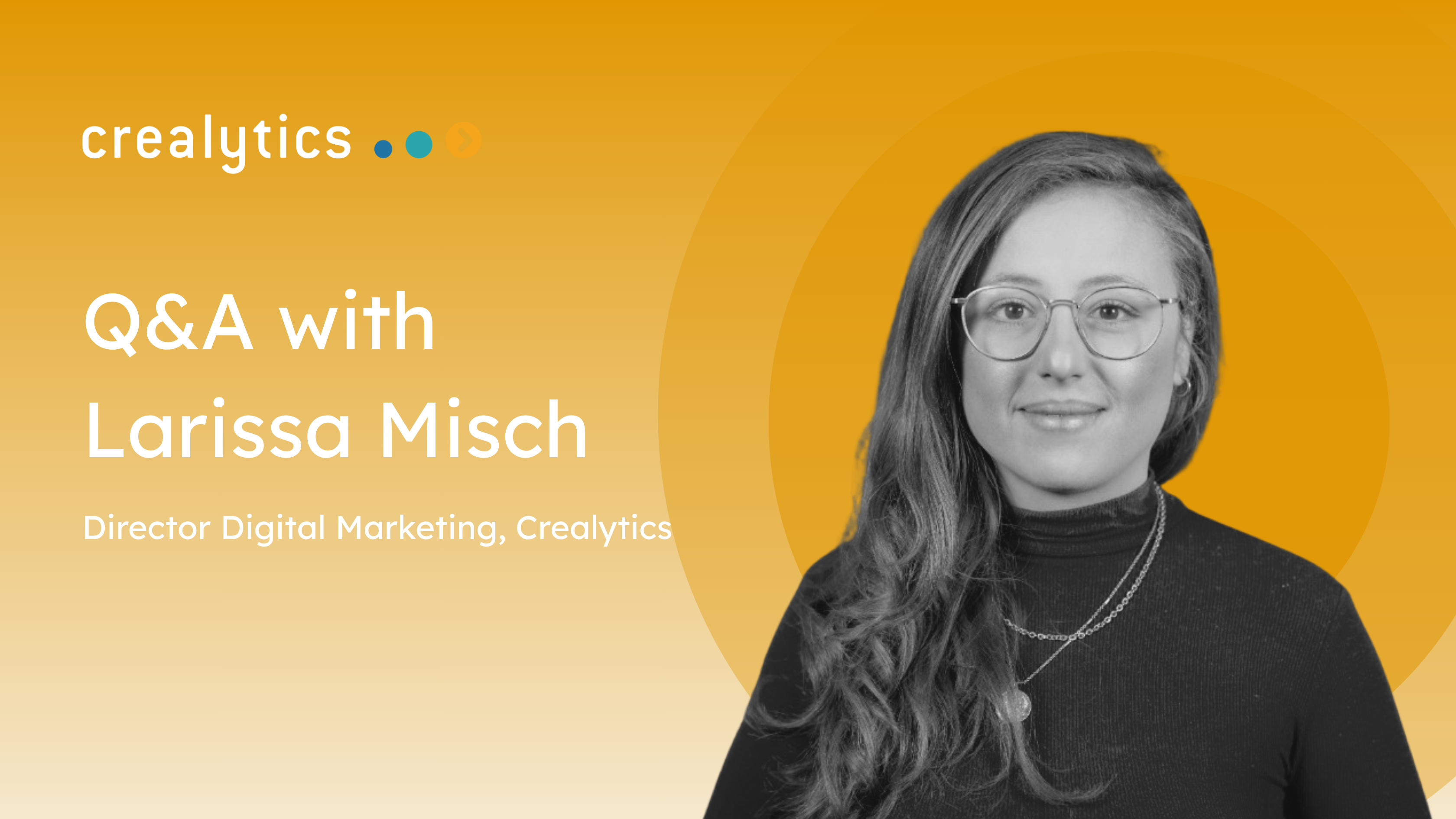
"When we guide brands through adopting AI Max, our philosophy is always the same: start small, stay curious, and let data drive your scaling decisions."
Q4: How are retailers and DTC brands reacting to testing AI Max?
Larissa: From what we’ve seen with retail and DTC clients, curiosity is high - but so is caution. Most brands are taking a test-and-learn approach, activating AI Max in select campaigns or product lines to see how each setting performs before scaling up.
Many are also running side-by-side comparisons, measuring performance with and without Text Customization or URL Expansion enabled, just to understand which element adds the most value. And while initial results are promising, most advertisers are waiting for the reporting and control features to mature before committing larger budgets.
In short, the reaction is thoughtful optimism: brands want to be early enough to learn, but not reckless with spend until the system stabilizes.
Q5: What best practices do you recommend for brands adopting AI Max?
Larissa: When we guide brands through adopting AI Max, our philosophy is always the same: start small, stay curious, and let data drive your scaling decisions.
A great starting point is a controlled A/B test. For instance, one retailer we worked with ran AI Max on a subset of non-brand keywords while keeping their core campaigns untouched. After a few weeks, they noticed incremental reach on mid-funnel queries that weren’t being captured before - and that insight shaped how they later restructured their broader keyword strategy.
Maintaining control is still key. We recommend setting strong negatives, clear URL exclusions, and requesting access to Google’s Text Guidelines feature, which lets you define brand language and tone to keep AI-generated copy on-brand. Regular creative audits are essential too - remove assets that don’t perform or feel off-tone before they scale.
Finally, a strong site structure goes a long way. The better your pages are mapped and categorized, the smarter AI Max becomes at sending the right users to the right destination. And when layering AI Max with PMax, make sure you track overlap carefully - they can complement each other, but only if budget and goals are clearly divided.
At the end of the day, adopting AI Max isn’t about handing over control - it’s about co-piloting with AI. The brands that win will be those that test, monitor, refine, and scale with intention.
Key takeaways for digital marketing leaders
· AI Max enhances Search campaigns with machine learning while preserving keyword-level control and transparency.
· Success depends on strong guardrails: clear negatives, structured sites, and ongoing creative audits.
· Early adopters see promise in incremental reach and smarter optimization, but scaling should follow data-driven testing.
---
Need help modernising your Paid Search with AI Max? Reach out to us.
Relevant insights
· Case study: How Brand X Used Competitor Keywords to Cut CAC and Win More Customers with AI-Led Search
· Article: Q&A: Why Should Retailers and DTC Brands Use Google Performance Max for Growth?
· Guide: Mastering Incrementality in 2025 and Beyond: A Practical Guide for Smarter Marketing Decisions
About Crealytics
Crealytics is an award-winning full-funnel digital marketing agency fueling the profitable growth of over 100 well-known B2C and B2B businesses, including ASOS, The Hut Group, Staples and Urban Outfitters. A global company with an inclusive team of 100+ international employees, we operate from our hubs in Berlin, New York, Chicago, London, and Mumbai.
EXPERT INSIGHTS
